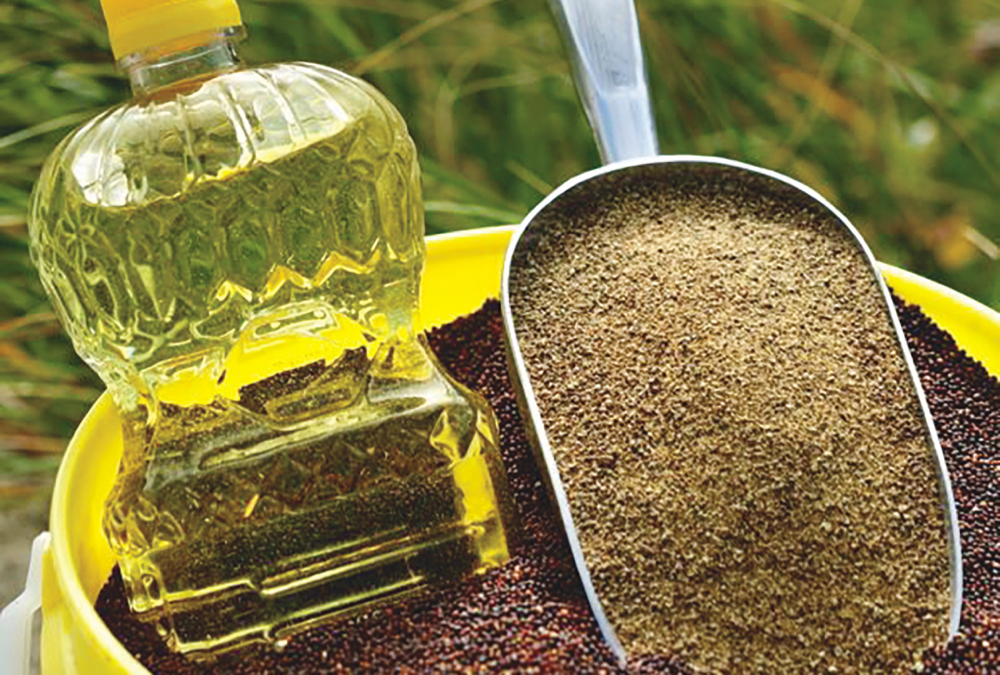By Ros Krasny
WASHINGTON, March 31 (Reuters) – Bracing for lower prices, U.S. farmers will plant the lowest corn acreage since 2010 and cut back on other feed grains as well as they switch into soybeans and other oilseeds this spring, the U.S. Department of Agriculture said on Monday.
In a pair of reports, the Agriculture Department also said the corn stockpile halfway through the 2013/14 marketing year was a shade lower than expected, while soybean stocks were broadly in line. Weeks away from the first new-crop supplies, March 1 wheat stocks also failed to shock.
Read Also

Survey says Canadians support canola producers over EV tariffs
The majority of Canadians are in favour of lowering tariffs on Chinese electric vehicles if it would help improve market access for Canadian canola according to new data from the Angus Reid Institute.
Soybean plantings were projected at a record 81.5 million acres, up 6 percent, suggesting a bin-busting harvest above 3.6 billion bushels. Canola and peanut plantings were projected to rise by 29 percent and sunflowers by 1 percent.
Traders and analysts surveyed by Reuters had looked for soybean plantings at an average of 81.075 million acres.
In contrast, corn plantings were forecast to fall 4 percent, to 91.7 million acres, 1 million below the average trade guess. The corn planting campaign would still be the fifth largest since 1944, USDA said.
Prospective plantings also fell for sorghum (down 17 percent), barley (down 9 percent) and oats, down 7 percent to the third lowest on record.
The report sets up for a massive U.S. soybean crop in 2014, assuming normal weather and the yield of 45.2 bushels per acre forecast at USDA’s February outlook meeting.
USDA said soybean acreage intentions are up or unchanged in all states apart from Missouri and Oklahoma. North Dakota farmers expect to expand plantings by 1 million acres to a record 5.65 million. Minnesota and Nebraska are also likely to have significant soybean expansion.
The USDA looked for a modest resurgence in cotton plantings, to 11. 1 million acres, up 7 percent, although American pima cotton acreage is set to fall by 21 percent.
GRAIN STOCKS LACK USUAL FIREWORKS
Quarterly grain stocks from USDA have a history of throwing curveballs to the market, but Monday’s report, showing stocks in all positions as of March 1, had few surprises.
Some 7.006 billion bushels of corn were in U.S. bins on March 1, up 30 percent from one year ago, as supplies were replenished by a large harvest following the severe 2012 drought. The figure was 1 percent below the average shown in a Reuters survey of traders and analysts.
USDA showed corn disappearance for the Dec-Feb quarter of 3.45 billion bushels, up 31 percent from the previous year, keeping pace with the larger 2013 crop.
Soybean stocks of 992 million bushels were down 1 percent from a year ago and very close to the average trade guess, as strong export and domestic demand for U.S. soybeans mops up last year’s record large crop.
Wheat stocks, at 1.056 billion bushels, were down 15 percent from a year ago and a shade above expectations. Implied Dec-Feb usage was down 4 percent, USDA said.
Wheat growers indicated sowings of 55.815 million acres, down 1 percent from last year and below expectations.
A 3-percent cut to winter wheat seedings last fall will be partially offset by a plantings of other spring wheat, seen up 4 percent to 12.009 million acres, and durum wheat, up 22 percent to 1.799 million acres.
With a sugar surplus looming, farmers said they would reduce plantings of sugar beets by 4 percent.














